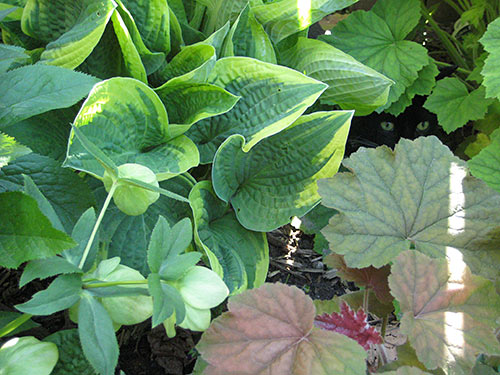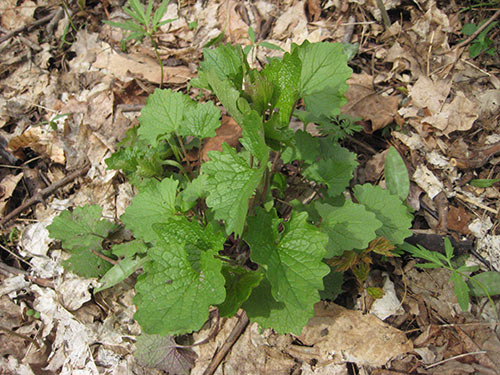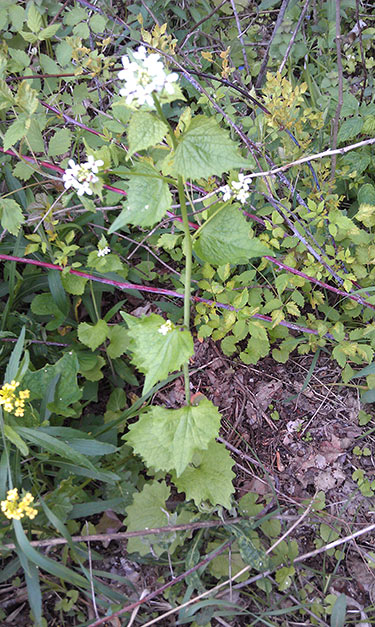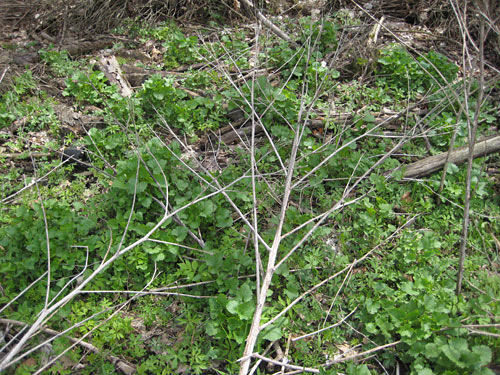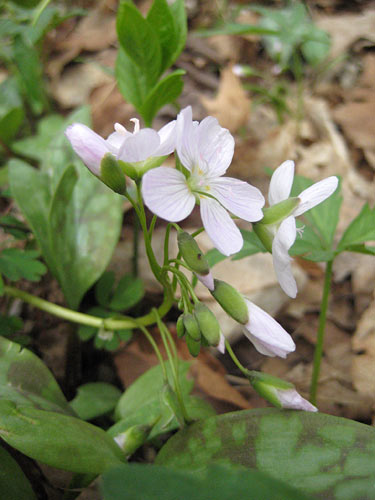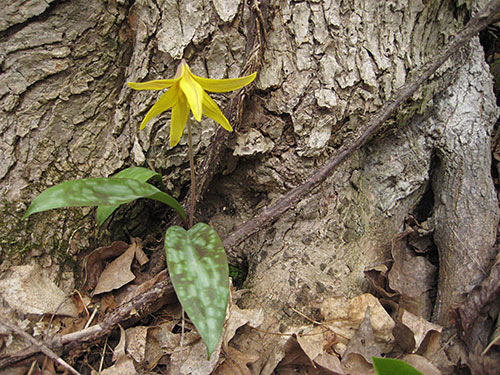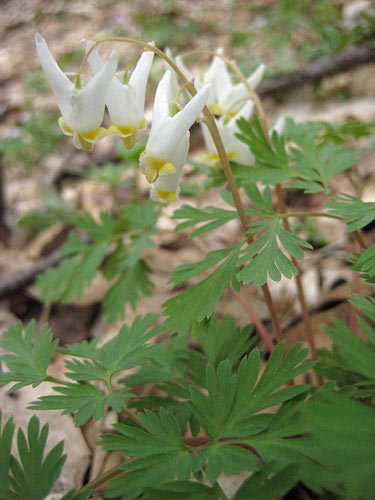Yesterday was the annual Nursery Crawl my gardening friend Ms. A and I embark on every May. We were joined by Mom G. this time. Google Maps is enlisted and a route is planned out. This year began with homemade cinnamon rolls and mimosas. The it was off to traverse six nurseries/garden centers by the end of the day.
Each year I am getting a better handle on self-control when making this trip. Saturday I only bought three perennials I did not have on my list. I did find and purchase the “Sweet Tea” Heuchera I spotted at a Home & Garden show this past March. I also picked up some carpet Phlox, on sale because it is no longer in bloom, for an angled garden bed where I’m having a hard time keeping soil in place. This trip also is when I purchase annuals for the two hanging baskets and one planter for the backyard.
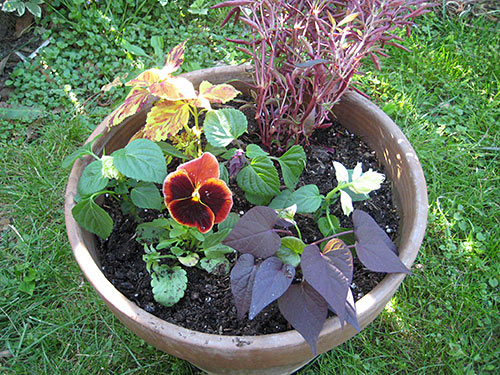 The above planter is a snapshot of the starting line for my annual arrangements. It contains Vista Purple Salvia, Visita White Salvia, potato vine, Apple Cider Mix Pansies, a Sun Coleus, and Joseph’s Coat.
The above planter is a snapshot of the starting line for my annual arrangements. It contains Vista Purple Salvia, Visita White Salvia, potato vine, Apple Cider Mix Pansies, a Sun Coleus, and Joseph’s Coat.
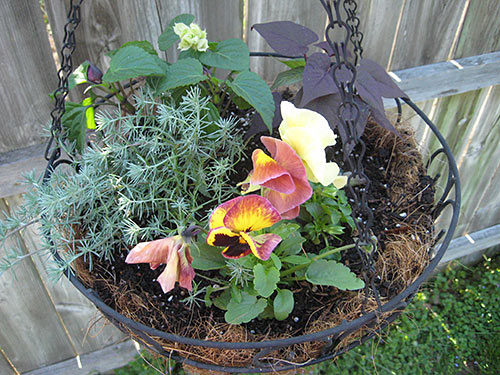 We also have two hanging baskets on the backyard of the Lot. This arrangement is similar to the one above, just simplified. Instead of the Joseph’s Coat and Sun Coleus, these baskets contain Lotus Vine. The baskets always dry out so fast, I placed a layer of landscape fabric between the soil and straw-like material to help. This way tried last year and worked well, so I hope this year will be the same.
We also have two hanging baskets on the backyard of the Lot. This arrangement is similar to the one above, just simplified. Instead of the Joseph’s Coat and Sun Coleus, these baskets contain Lotus Vine. The baskets always dry out so fast, I placed a layer of landscape fabric between the soil and straw-like material to help. This way tried last year and worked well, so I hope this year will be the same.
And of course, the quality of any task in the backyard garden of the Lot is always being monitored. Thank goodness for our four-footed garden helpers. If it were not for their constant supervision, we may be wallowing in a weed patch by now.
